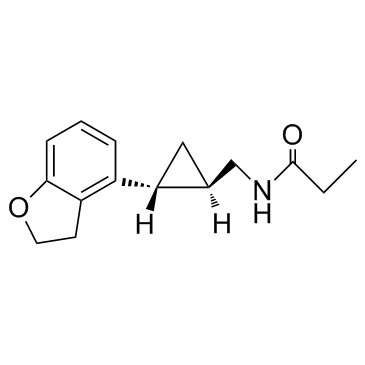Melatonin Receptors
Melatonin Receptor is a G protein-coupled receptor (GPCR) which binds melatonin. Three types of melatonin receptor have been cloned. The MT1 and MT2 receptor subtypes are present in humans and other mammals, while an additional melatonin receptor subtype MT3 has been identified in amphibia and birds. The MT1 subtype's expression in the pars tuberalis of the pituitary gland and suprachiamatic nuclei of the hypothalamus is indicative of melatonin's circadian and reproductive functional involvement. The MT2 subtype's expression in the retina is suggestive of melatonin's effect on the mammalian retina occurring through this receptor. Research suggests that melatonin acts to inhibit the Ca2+-dependent release of dopamine. Melatonin's action in the retina is believed to affect several light-dependent functions, including phagocytosis and photopigment disc shedding.
Products for Melatonin Receptors
- Cat.No. Product Name Information
-
GC14690
2-Iodomelatonin
melatonin agonist
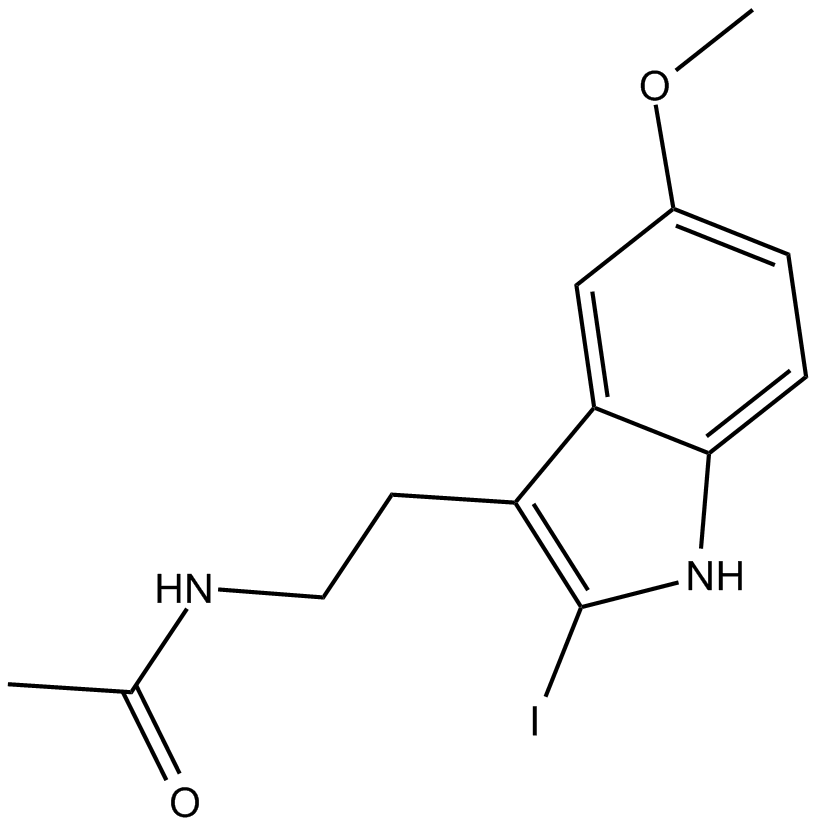
-
GC11288
2-Phenylmelatonin
2-Phenylmelatonin is a high affinity melatonin (MT) membrane receptor agonist.

-
GC16186
4-P-PDOT
Melatonin receptor antagonist
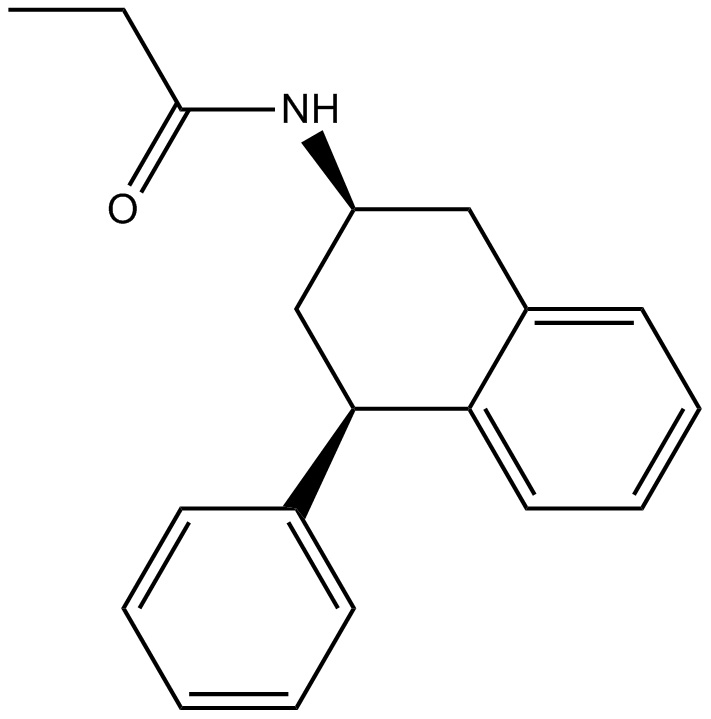
-
GC12014
6-Chloromelatonin
melatonin agonist
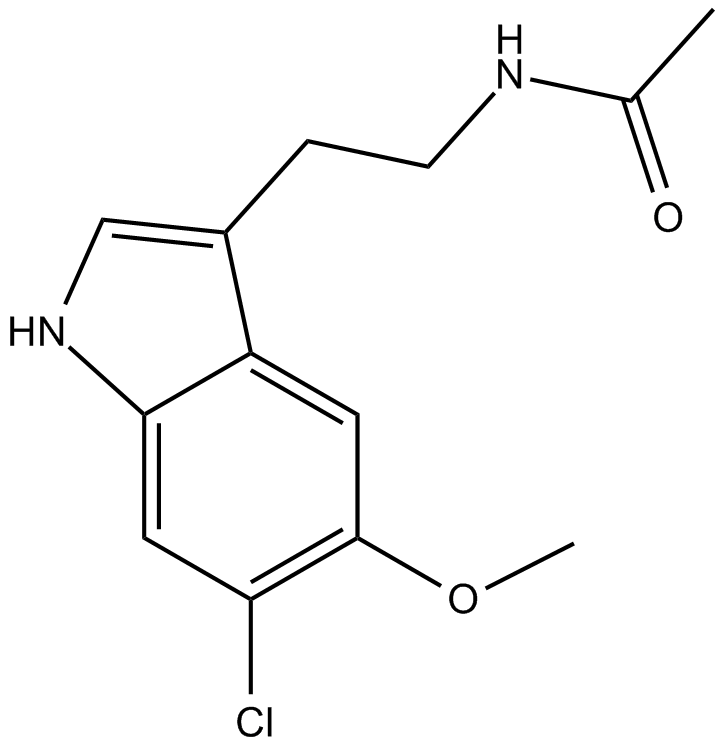
-
GC16020
8-M-PDOT
Melatonin receptor agonist
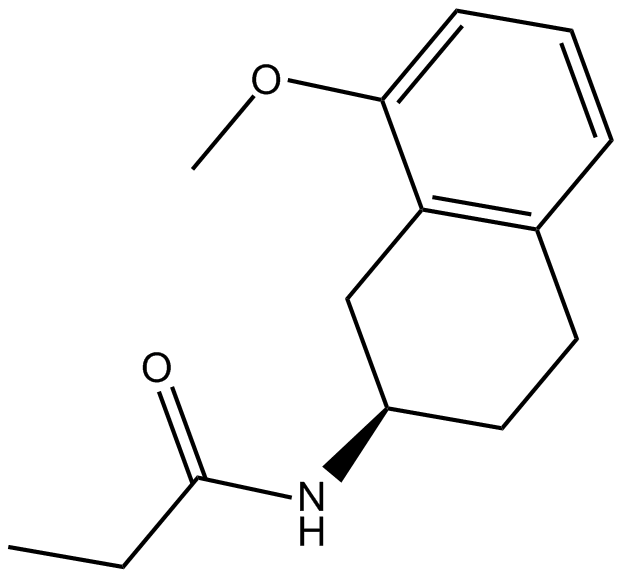
-
GC62825
ACH-000143
ACH-000143 is a potent and orally active melatonin receptor agonist, with EC50 values of 0.06 nM and 0.32 nM for MT1 and MT2, respectively.
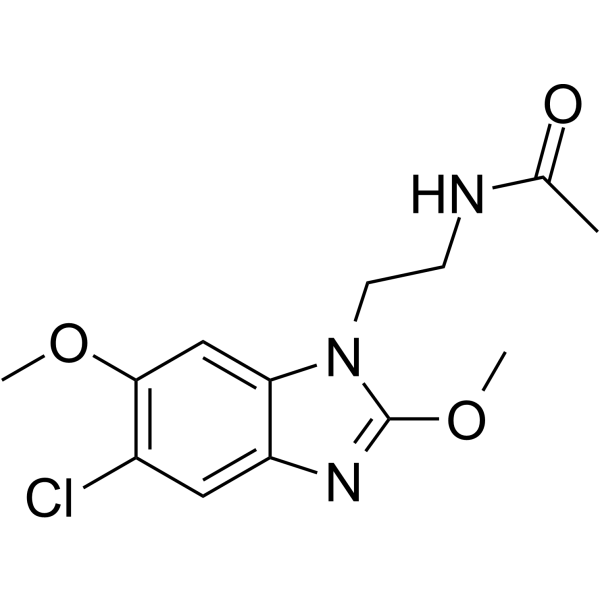
-
GC17981
Agomelatine
MT1/MT2 / 5-HT2C agonist
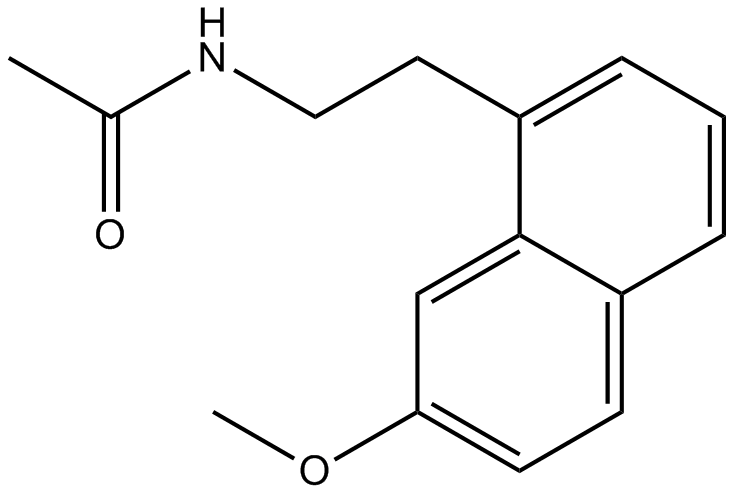
-
GC35269
Agomelatine hydrochloride
Agomelatine hydrochloride (S-20098 hydrochloride) is a specific agonist of MT1 and MT2 receptors with Kis of 0.1, 0.06, 0.12, and 0.27 nM for CHO-hMT1, HEK-hMT1, CHO-hMT2, and HEK-hMT2, respectively.
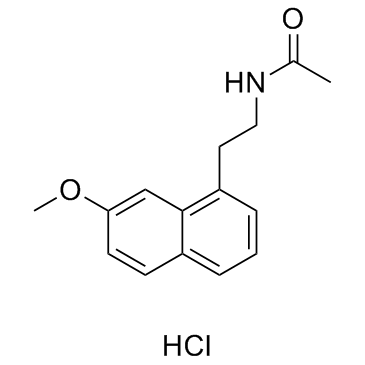
-
GC35270
Agomelatine L(+)-Tartaric acid
Agomelatine L(+)-Tartaric acid (S-20098 L(+)-Tartaric acid) is a specific agonist of MT1 and MT2 receptors with Kis of 0.1, 0.06, 0.12, and 0.27 nM for CHO-hMT1, HEK-hMT1, CHO-hMT2, and HEK-hMT2, respectively.
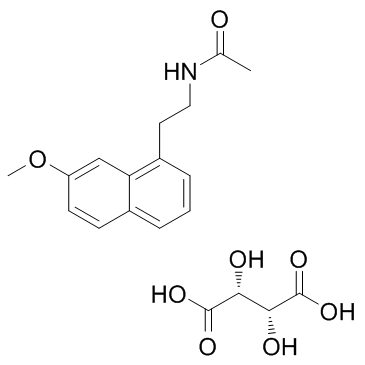
-
GC14728
DH 97
MT2 melatonin receptor antagonist
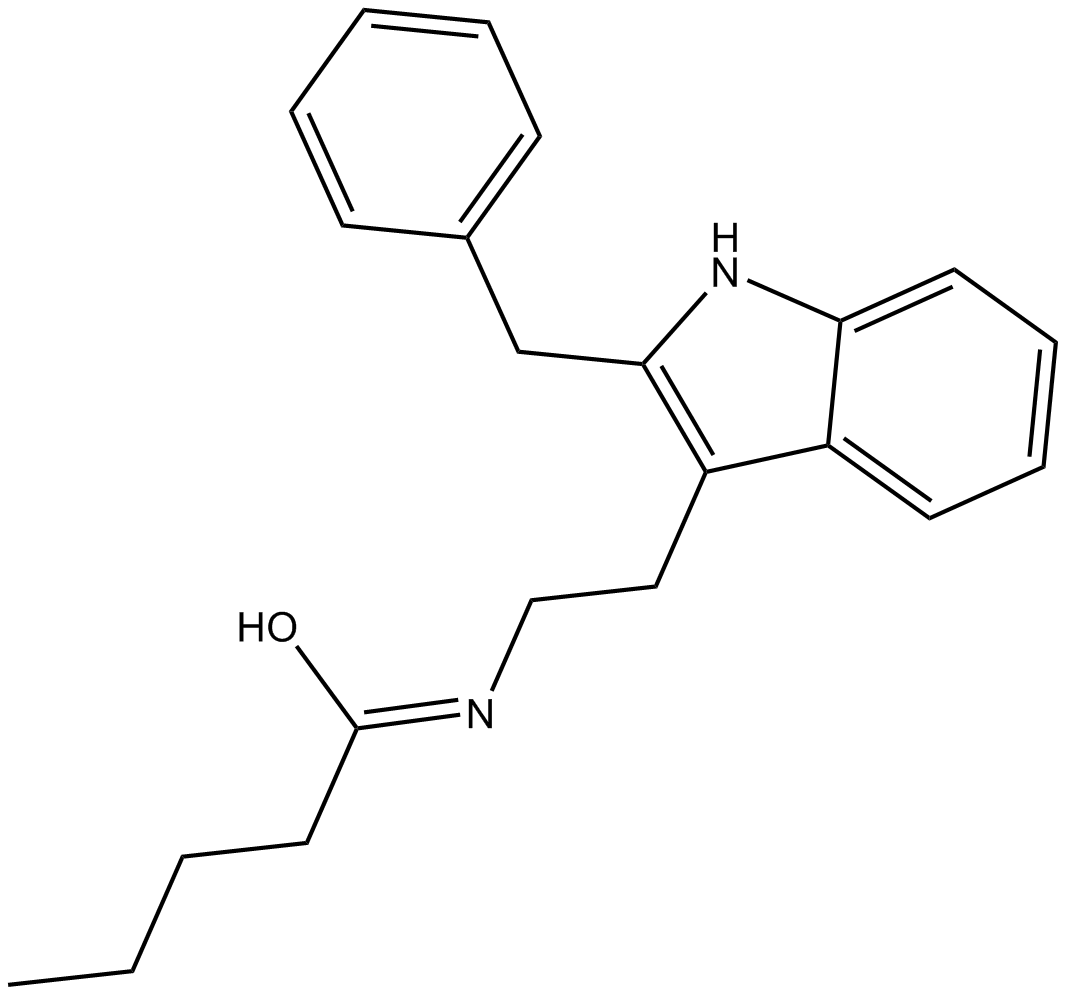
-
GC11188
GR 135531
MT3 receptor agonist
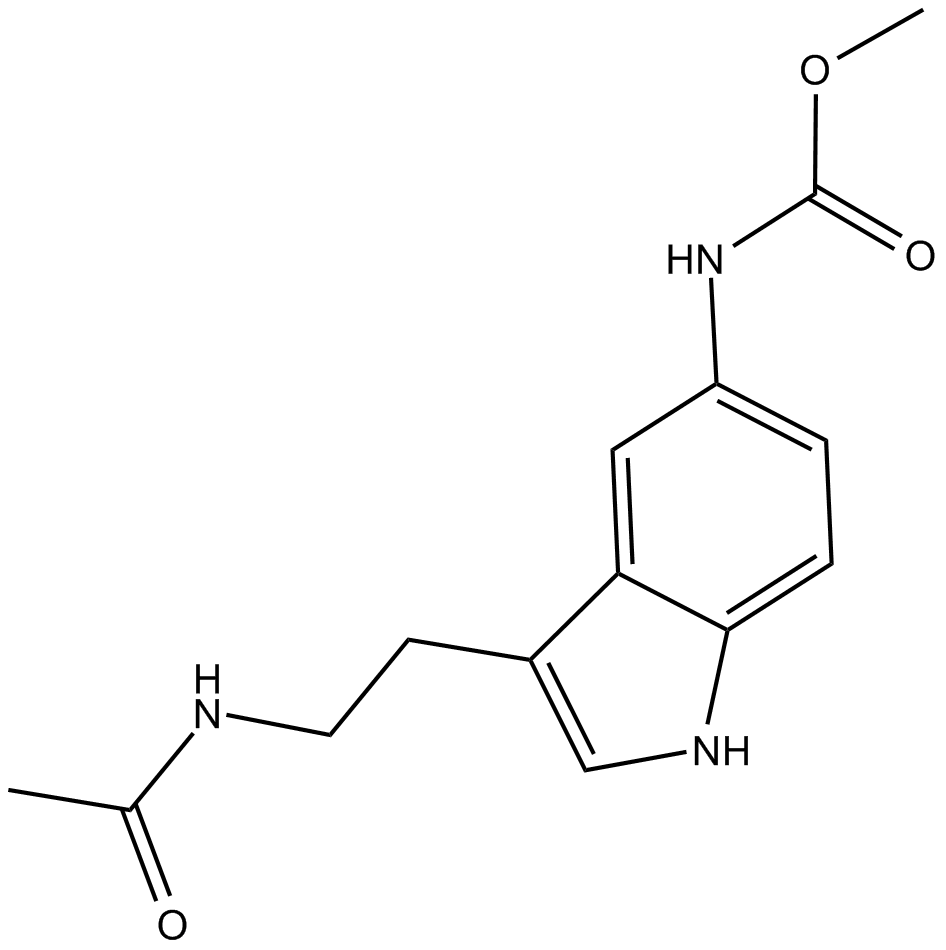
-
GC17898
Luzindole
Melatonin antagonist
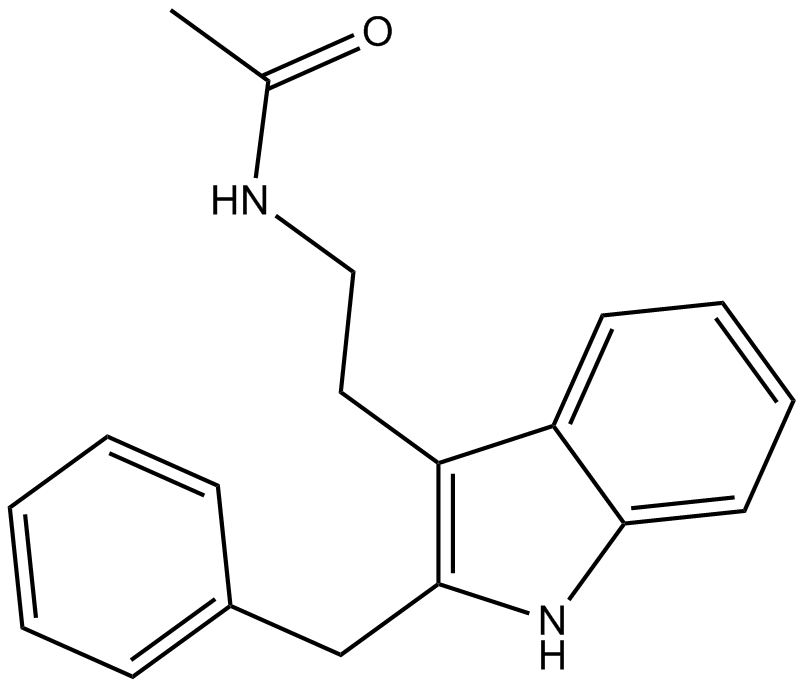
-
GC15618
Melatonin
Melatonin receptors agonist
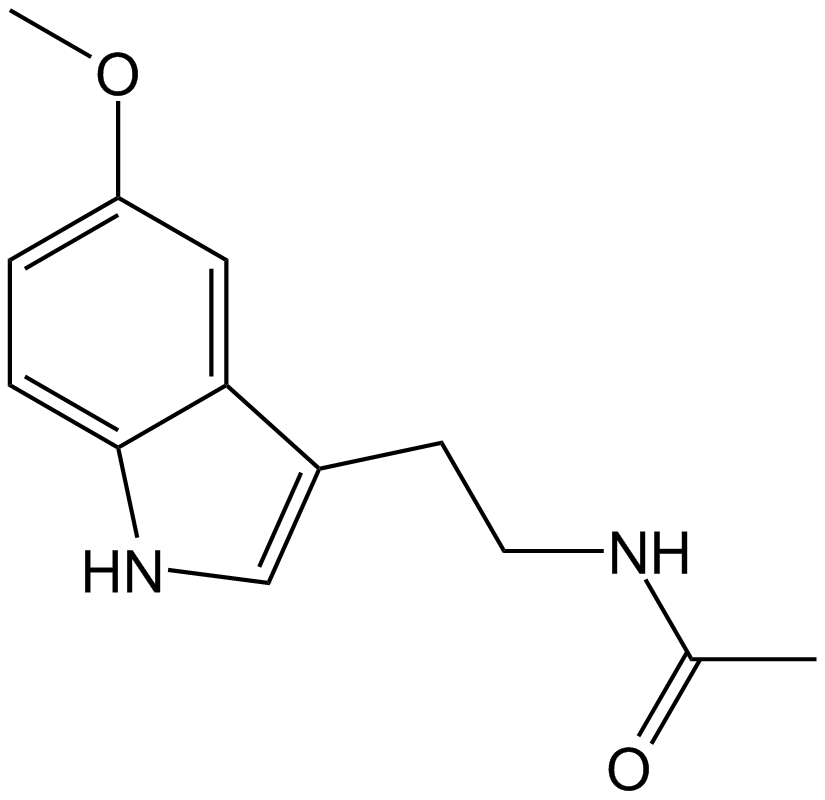
-
GC60241
Melatonin D5
An internal standard for the quantification of melatonin
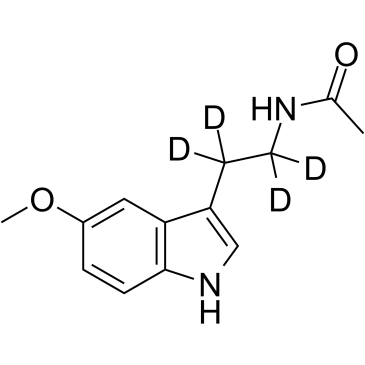
-
GC15365
N-Acetylserotonin
N-Acetylserotonin is a Melatonin precursor, and that it can potently activate TrkB receptor.

-
GC13047
N-Acetyltryptamine
melatonin receptor modulator
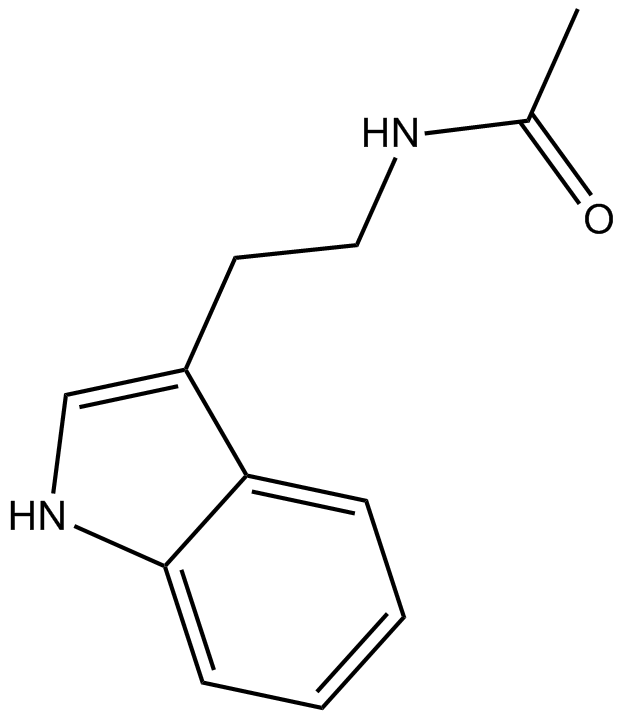
-
GC15053
Ramelteon
Agonist of melatonin receptor(M1-M2),highly selective
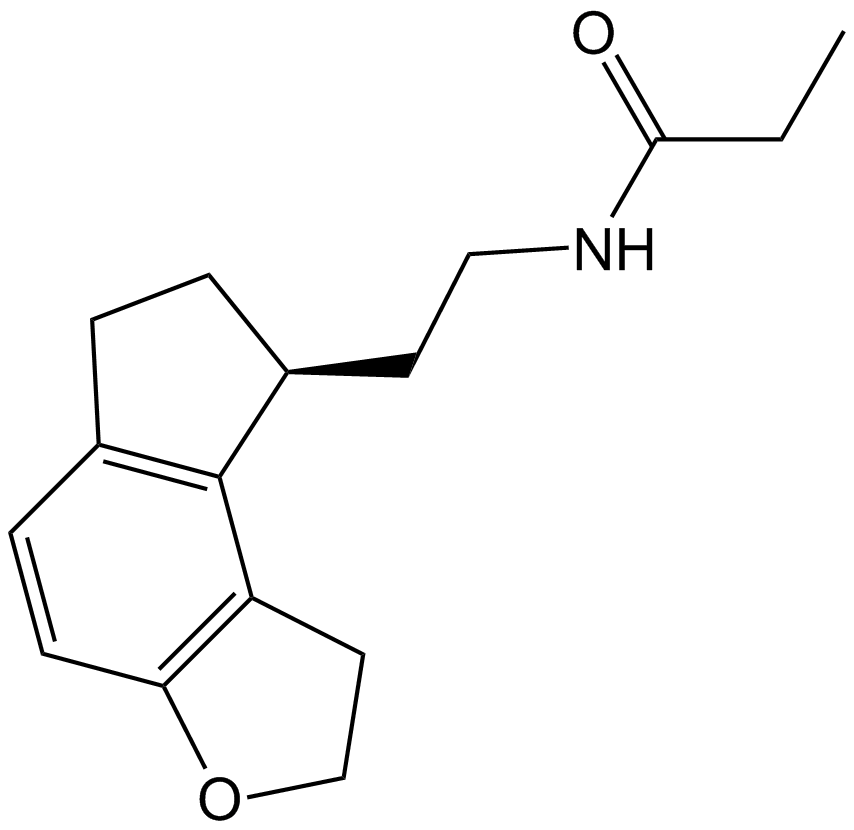
-
GC37070
Ramelteon metabolite M-II
A mixed isomer preparation of ramelteon metabolite M-II
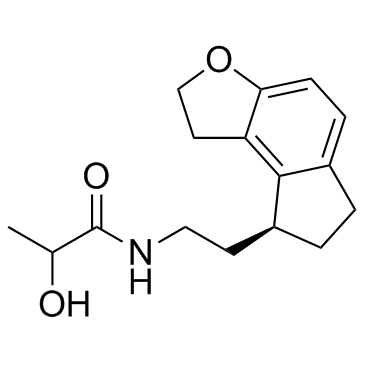
-
GC68331
Ramelteon metabolite M-II-d3

-
GC64204
S-22153
S-22153 is a potent melatonin receptor antagonist with EC50 values of 19 nM, 4.6 nM for hMT1 and hMT2 melatonin receptor, respectively.
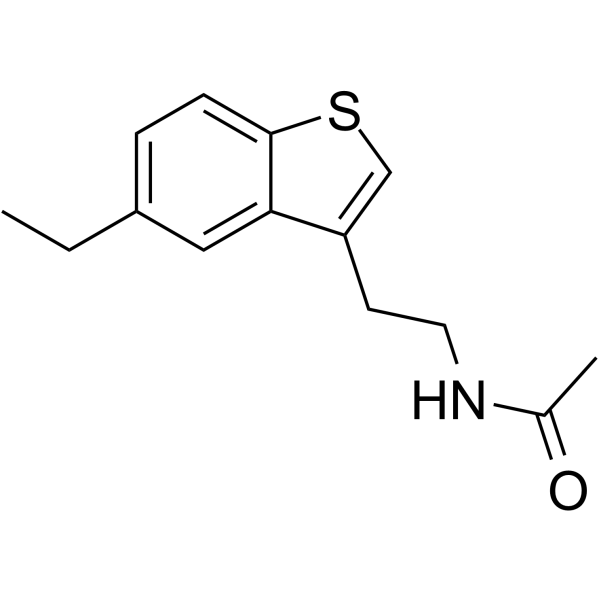
-
GC38844
S26131
S26131 (compound 5) is a potent and selective MT1 melatoninergic ligand, and the Ki values are 0.5 and 112 nM for MT1 and MT2, respectively.
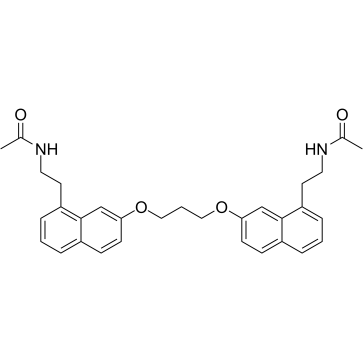
-
GC30781
Tasimelteon (BMS-214778)
Tasimelteon (BMS-214778) (BMS-214778) is an orally active and selective dual melatonin receptor agonist (DMRA).
